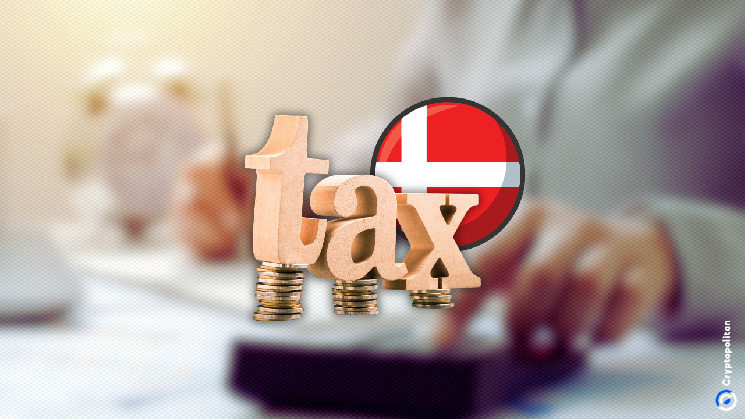You will attract the highest tax globally for your cryptocurrency earnings in Denmark. That’s according to a recently released study that shed light on the global crypto tax landscape. The research, a collaboration of crypto research firms Coincub and Blockpit, showed that Denmark-based crypto investors pay up to 53% in capital gains tax (CGT).
This tax rate keeps with the country’s high taxation levels. An excerpt of the report explains:
“The Danish Tax Agency treats cryptocurrency gains as personal income, subjecting them to the same progressive tax rates as other forms of income. This high taxation level is consistent with Denmark’s overall approach to income taxation, which is among the highest in the world.”
~Coincub/ Blockpit
Iceland, with short-term and long-term CGT of 38.5%, is the second most taxed crypto destination. Like its Nordic counterpart, this high tax rate matches the country’s progressive tax system and social welfare economic model. And wrapping up the top three is Ireland, which taxes crypto earnings at 33%.
Source: Coincub/Blockpit
The report also highlights some of the tax-friendly countries for crypto investors. These include Bahrain, Bermuda, Switzerland, the Cayman Islands, and the United Arab Emirates (UAE). Their enabling regulatory environments and zero CGT on digital asset investments make them premier destinations for individuals and businesses dealing with those assets.
Where can crypto investors catch tax breaks for long-term hodling?
Several Eurozone nations offer certain tax advantages for long-term digital currency hodlers. Germany, for instance, levies a 0% tax rate on gains from assets the investor held for over a year or for profits falling below €1,000. Likewise, any crypto income under €256 is tax-free.
That significantly contrasts with the 45% rate it charges on holdings transferred within a year.
Belgium also charges individual investors a 0% tax on long-term capital gains from crypto. That comes with one rider, though: the transactions must qualify as part of the holder’s usual private asset management. However, short-term gains attract a flat tax rate of 33%, while income from professional crypto activity draws a higher ratio.
The case is the same for Luxembourg. Here traders enjoy a 0% CGT rate on crypto they’ve held for more than six months. But proceeds from assets sold under six months are subject to a progressive tax rate of 42%. Other nations with similar incentives are Malta, Cyprus, and Croatia.
New global tax standards target crypto transparency
The growing acceptance of cryptocurrencies has necessitated a rethink of how we handle their taxation going forward. Behind that shift are two initiatives: the Crypto-Asset Reporting Framework (CARF) and the Tax Administration for the Reporting of Crypto-Asset Activities (TARKA).
CARF seeks to enhance tax openness and stem tax cheats by setting up a globally acceptable standard for reporting crypto-related transactions. TARKA, on its part, complements CARF’s push by enabling synergies between the 48 initial members’ tax bodies.
The two initiatives will bring Crypto Asset Service Providers under stricter scrutiny, forcing them to update their systems to align with their enhanced reporting responsibilities. Meanwhile, tax authorities will have more tools and teeth to track and enforce concealed crypto gains.

